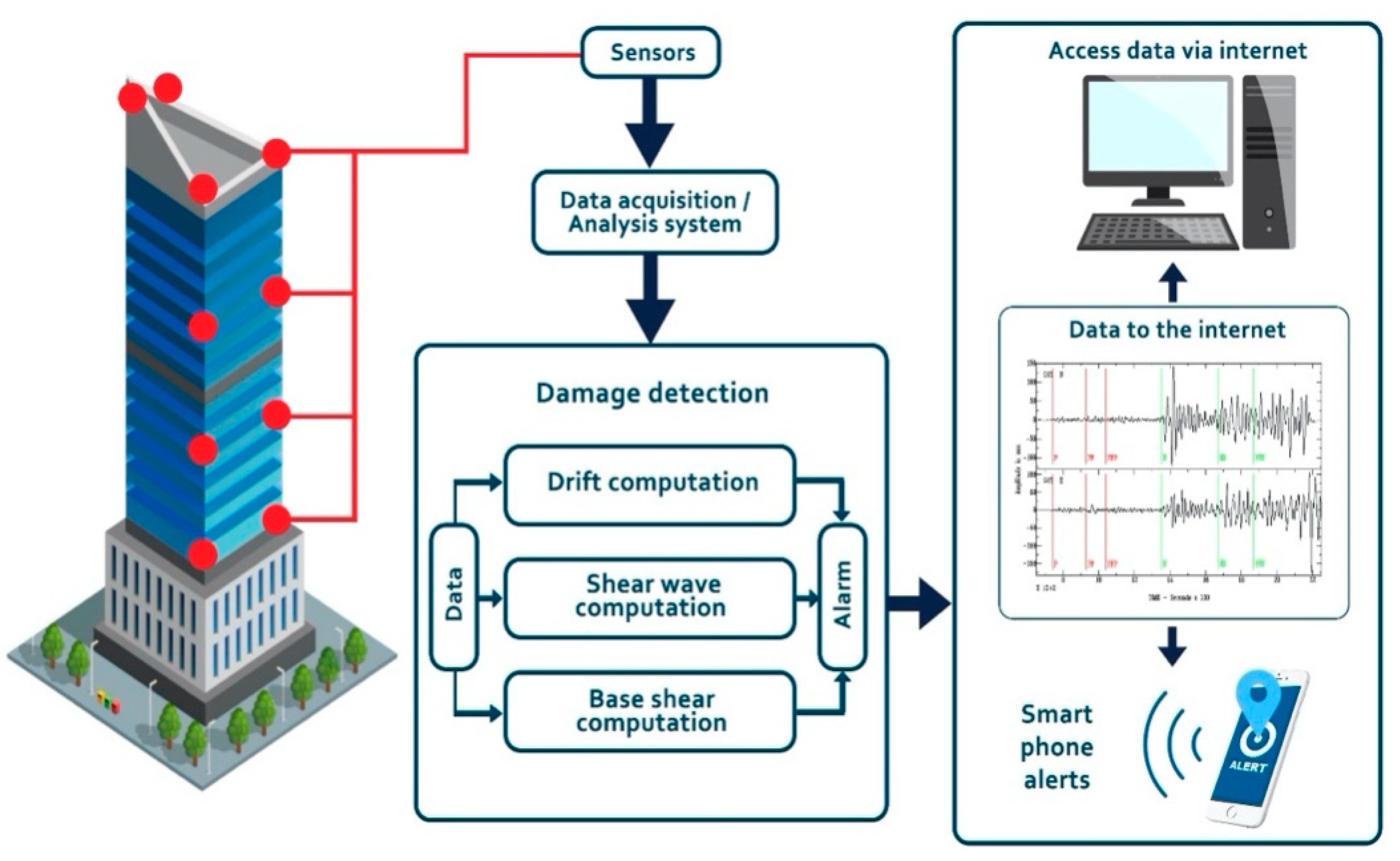Structural Health Monitoring Industry Outlook: Challenges and Future Opportunities

The Structural Health Monitoring Market Trends highlight the increasing integration of AI, IoT, and wireless sensor networks in monitoring infrastructure assets. SHM solutions are transitioning from conventional inspection methods to predictive, real-time monitoring, enabling cost-effective maintenance and improved operational efficiency.
Rapid urbanization and aging infrastructure are significant trends driving market growth. Governments and private organizations are adopting SHM technologies to prevent structural failures, ensure safety compliance, and extend asset life. Sensors, strain gauges, fiber optic systems, and accelerometers are commonly used to monitor deformation, vibration, and stress in critical structures.
Another notable trend is the adoption of cloud-based SHM platforms. Remote data monitoring and real-time analysis enable engineers to make timely decisions, optimize maintenance schedules, and reduce downtime. AI and machine learning algorithms analyze large datasets to predict potential structural faults, improving safety and reducing operational costs.
Sustainability and disaster resilience are also influencing market trends. Climate change, earthquakes, and flooding events have increased demand for SHM solutions capable of monitoring and safeguarding infrastructure under extreme conditions. Regions such as Asia-Pacific are investing heavily in smart city projects, further driving SHM adoption.
The Structural Health Monitoring Market Trends reflect the shift towards intelligent, connected, and predictive solutions. Technological advancements, urbanization, and resilience requirements are shaping the future of infrastructure management globally.


